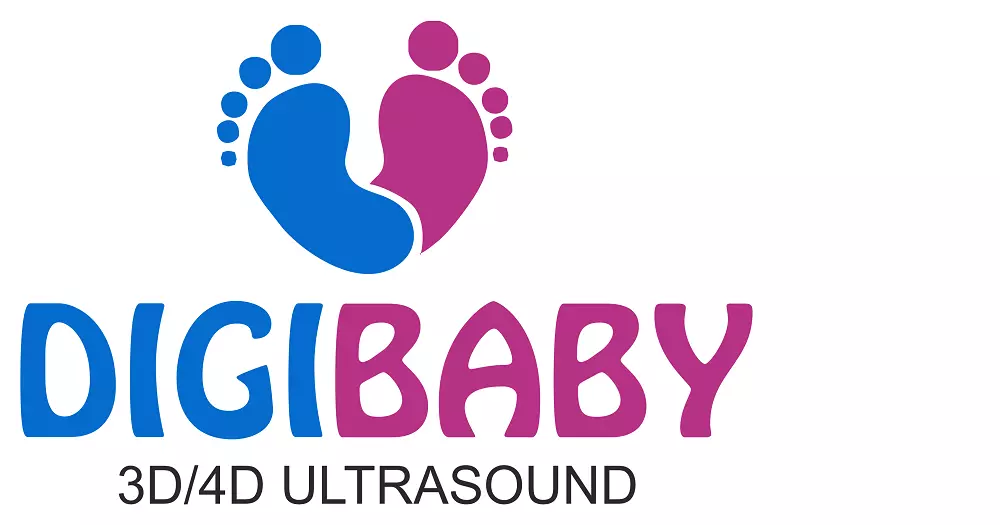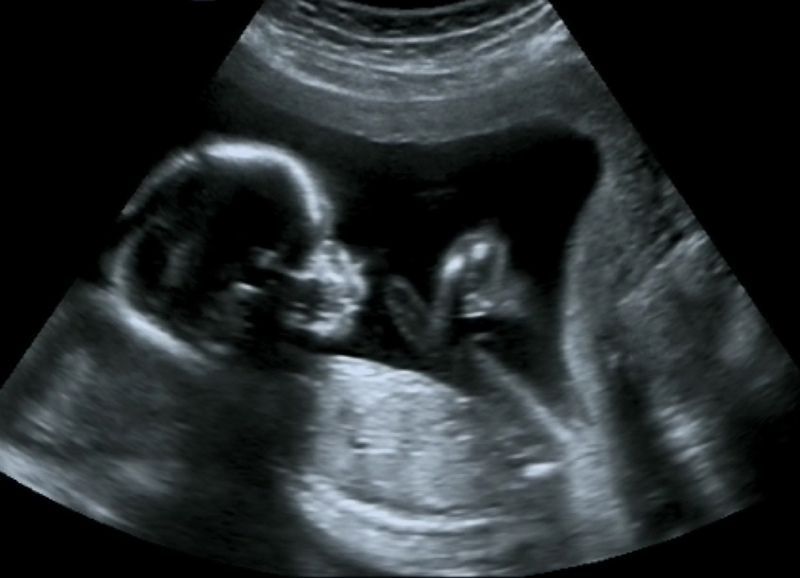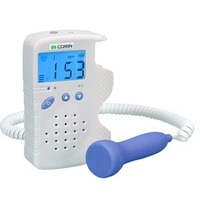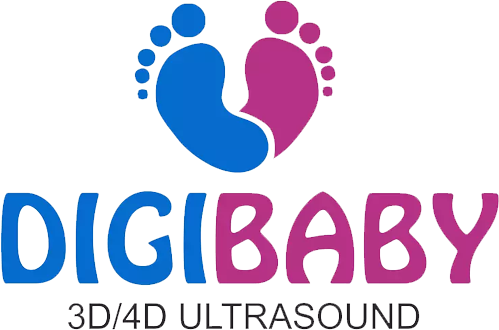How Can Ultrasounds Help to Reveal your Baby’s Gender?
There was a time when parents waited till birth to know their baby’s gender but this is not the case anymore. Advancement in technology has made it possible for would-be parents to know their baby’s gender before birth. Excitement and liberty to make choices drives parents to go for gender determination. Knowing the gender in advance helps parents better plan things for their baby. Today, the majority of parents want to know their baby’s gender. They have a common motive, but the reason to know their baby’s gender may differ from parent to parent.
A research study performed in 2012 throws more light on these reasons. Four hundred pregnant women undergoing amniocentesis participated in this study. Its findings were published in the journal, Obstetrics and Gynecology. They were given a questionnaire that asked them why they wanted to know fetal gender after amniocentesis or ultrasound investigation. They gave three reasons for this. 77.8% of the women wanted to know “out of curiosity.” 68% “just wanted to know,” while 66.8% wanted “because it was possible.”
Knowing their baby’s gender in advance helps parents make plans accordingly. They can buy gender-specific clothes and toys. Furthermore, they can choose gender-specific nursery decor. If having other children, they can know which things to keep and which ones to deliver to the charity shop. Additionally, gender knowledge helps parents plan a gender reveal party to enjoy with their near and dear ones.
How can parents determine their baby’s gender?

A prenatal ultrasound enables medical experts to identify the gender of a baby growing in the mother’s womb. The ultrasound uses audible sound waves to produce images of a fetus’s shape and position in the uterus. These images display on the monitor. Called fetal anatomy survey, this ultrasound is primarily done to find fetal anomalies. Moreover, it is used for finding the gender of the baby.
Procedure:
You must lie on the examination table in a reclined position for the prenatal ultrasound. Then the ultra-sonographer will apply a gel to your abdomen. Afterward, ultra-sonographer will glide a plastic transducer over the abdomen, emitting high-frequency sound waves. These waves will bounce back after touching your baby’s body and produce an image of the body. The image will display the baby’s soft tissues, organs and other anatomical structures, including reproductive parts. The image will get displayed on the monitor for your viewing.
How do doctors identify your baby’s gender?
The doctors look for certain signs (characteristic features) in the image of the ultrasound to determine the gender of your baby. The signs in boys differ from the signs in girls.
What are these signs?
Girl Ultrasound signs:
Hamburger sign: This sign indicates the appearance of the labia and clitoris in an ultrasound. Looking closely at the image, you will see that the labia lips look similar to a hamburger bun. Furthermore, the clitoris will resemble a hamburger patty.
Sagittal sign: Both genders have a sagittal sign. It is obtained by looking at a profile view of the fetus (known as the midline sagittal plane). There is a nub (a small lump or protuberance) at the spine’s end, called a caudal notch. The fetus is a girl if the nub points downward at a 10-degree angle.
Boy Ultrasound Signs:
Male fetuses are not always easier to identify than female fetuses. Identifying male fetuses is difficult before week 14 as the external genitalia has not appeared externally until about 13 weeks. In weeks 18 to 20, a baby boy’s gender can be determined based on the following signs:
Sagittal sign: The fetus is a boy when the caudal notch is pointing upward at more than a 30-degree angle. It can become harder to make a definitive determination if it is somewhere in between.
The flow of urine: The flow of urine can be spotted in a fetus. If the urine is seen moving upward, the baby is likely a boy.
Male genitalia: The presence of male genitalia, including the penis, scrotum and testicles, is a clear sign of male sex. This is often viewed by weeks 18 to 20.
Is gender reveal ultrasound accurate?
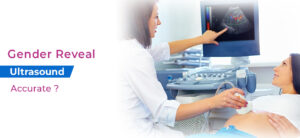
The majority of prenatal ultrasounds performed for gender determination are accurate. But errors may occur in identifying gender. The most common mistake is male fetuses are assigned as female. Various factors can impact the accuracy rate of these ultrasounds.
Gestational Age of the baby
Over 99% of ultrasounds performed between weeks 18 and 20 determine the gender correctly. But their accuracy rate can decrease when ultrasounds are performed before week 14.
Position of the baby
If the ultra-sonographer faces difficulty seeing between your baby’s legs, this will affect the ability to determine the baby’s gender. Some fetuses tend to keep their legs together, which impairs gender determination. If the genitalia of the fetus is not visualized, the ultra-sonographer may not be able to examine it perfectly. As a result, he may make mistakes in guessing baby’s gender.
Mother’s body size
If you are overweight or obese, your larger body size can prevent a clear image of your baby. However, an experienced sonographer should be able to obtain a clear picture of women of all sizes.
Multiple babies
If you are pregnant with more than one baby (twins, triplets or more), your babies could hide their siblings. Due to this reason, the gender determination of one or more babies will become more difficult.
The expertise of an ultrasound technician
How experienced and trained ultrasonographers are in their work will impact the accuracy of the gender determination.
Are prenatal ultrasounds safe?
When conducted by trained technicians for medical purposes, ultrasounds are considered safe. Moreover, they do not use x-rays or radiation. They only use audible and high-frequency sound waves. All ultrasounds, including prenatal ones, are non-invasive and cause no harm to the patients.
Other ways of gender determination
Apart from ultrasounds, the gender of the baby can be confirmed with amniocentesis or chorionic villus sampling (CVS). In the amniocentesis procedure, fluid is extracted from the sac surrounding your baby using a needle and syringe. In CVS, a needle is used to take cells from the placenta.
Both of these procedures carry risks. But they are extremely accurate in making the gender determination. Furthermore, they can return a result as early as week 11 for CVS and week 15 for amniocentesis.
We hope you are well aware of how a prenatal ultrasound can help identify your baby’s gender. So, if you have decided to go for this ultrasound and are looking for a reputed gender reveal ultrasound center then you can opt for DigiBaby. We have specialist medical professionals and ultrasound technicians. Moreover, we have state-of-the-art ultrasound imaging equipment. You will certainly get a safe ultrasound experience and an enjoyable baby viewing experience here. So, get in touch with our experts to seek more information about the ultrasound. Their advice will help you better prepare for your ultrasound and enjoy it fully.
